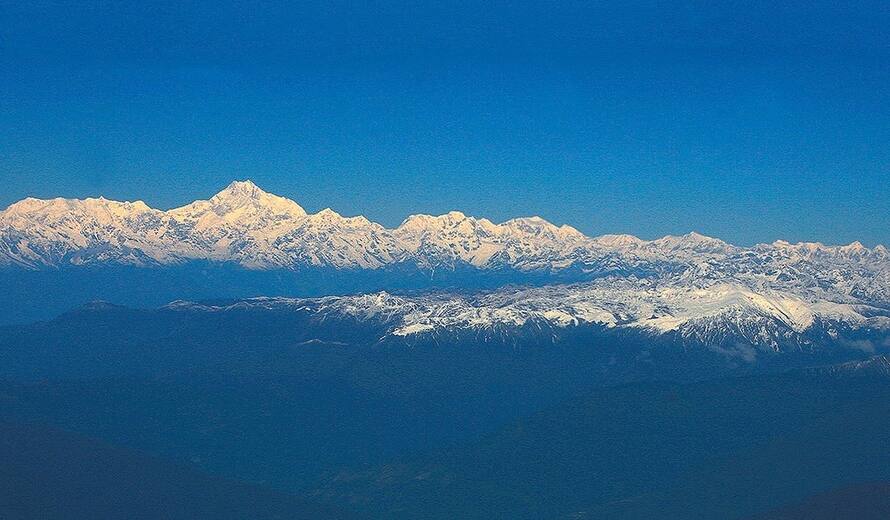Message of the Director of UNESCO’s World Heritage Centre on International Mountain Day
As we celebrate International Mountain Day and the rich diversity and identity of the world’s mountain cultures, we acknowledge the deep connection of communities and individuals to these majestic and unique areas, where many natural and cultural World Heritage sites of outstanding universal value can be found. These sites entail not only diverse geological features and ecosystems, but unique cultural landscapes that combine works of nature and humankind, expressing a long and intimate relationship between peoples and their natural environment, many with powerful religious, artistic or cultural associations.
Certain sites reflect specific techniques of land use that guarantee and sustain biological diversity. Others, associated in the minds of the communities with powerful beliefs and traditional customs, embody an exceptional spiritual relationship of people with nature. Cultural landscapes -- cultivated terraces or gardens or sacred places on lofty mountains -- testify to the creative genius, social development and the imaginative vitality of humanity.
Across many generations, mountain peoples have developed their identities, world view, spiritual life, traditions, heritage, and livelihood in close association to their natural environment. Sagarmatha National Park in Nepal is a well-known destination for mountain tourism that encompasses Mount Everest, the rare snow leopard, and extensive Sherpa settlements, Austria’s Hallstatt-Dachstein alpine landscape combined with salt mining tradition is testimony to the interaction between people and their environment since prehistoric times, and Mount Lushan in China is a spiritual and cultural centre with Buddhist and Taoist temples and landmarks of Confucianism. Lebanon’s Qadisha valley and Forest of the Cedars of God (Horsh Arz el-Rab) at the foot of Mount al-Makmel guard old Christian monasteries in rugged and remote perches, and Peru’s Historic Sanctuary of Machu Picchu demonstrates artistic, architectural and land use achievements. These are but a few of the treasured places that exemplify the rich biocultural diversity found in mountain regions.
On International Mountain Day UNESCO makes a global call to protect mountain World Heritage sites, many of which face threats from rapid development, natural disasters, climate change, or socio-economic challenges, among others. These are impacting traditional ways of life and the identity of associated communities and indigenous peoples, and the World Heritage Sustainable Development Policy adopted in 2015 assists States Parties to the 1972 World Heritage Convention and local and national authorities in adapting relevant initiatives to address these.
To reveal and sustain the great diversity of the interactions between people and their mountain environment and to protect living traditional mountain cultures and preserve the traces of those which have disappeared, we must act together to protect these special places.
